Rotterdam 2040 (2013)
Neo-Neo-Classicism!
ジャンル : ドキュメンタリー
上映時間 : 1時間 35分
シノプシス
Rotterdam 2040 is a film about the city’s future, departing from the principle of Gyz La Rivière that you can’t look ahead without considering your past (something that hasn’t always been Rotterdam’s strongest feature). At high speed, La Rivière reconstructs the history of Rotterdam from the time before the bombings until now, and expands the developments to the year 2040 (100 years after the bombing and the 700th anniversary of the city). La Rivière made a specific choice to expose his personal vision, which is sometimes radical or a little absurd. So no experts and no talking heads, but an assault of old and new imagery, held together by La Rivière as the narrator of the film. Although Rotterdam 2040 deals with architecture and urban renewal, it is actually a film about people. The subjective experience of the city by its (future) occupants mainly determines the parade of architectural blunders and suggestions for the future. All tongue-in-cheek of course.

家族を大事にし、幸せな日々を過ごしてきたエヴァン。週末の夜、仕事の都合で妻子のいない家で留守番をしていると、ドアをノックする音が聞こえる。ドアを開けた彼の目に飛び込んだのは、雨に濡れたジェネシス、ベルという二人の美女。道に迷ってしまったという彼女たちを家に入れたエヴァンだが、そのなまめかしい魅力に惑わされていく。ついに誘惑に負けて快楽に浸るものの、突如として二人は凶暴な本性をあらわにする。

海辺の別荘に2年前に投函された手紙が届く。手紙のやり取りを始めると、男は時間軸が違うと気づく。そして未来では男が死んでしまい、女はそれを回避するために行動する。男の死は免れ、2人は出会うことができた。
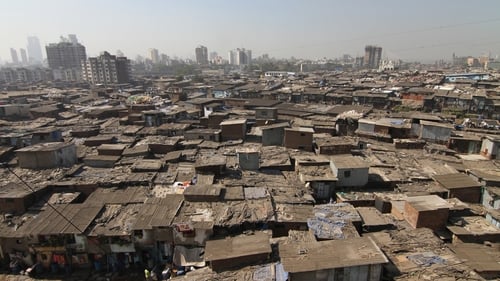
A documentary about the design of cities, which looks at the issues and strategies behind urban design and features some of the world's foremost architects, planners, policymakers, builders, and thinkers.
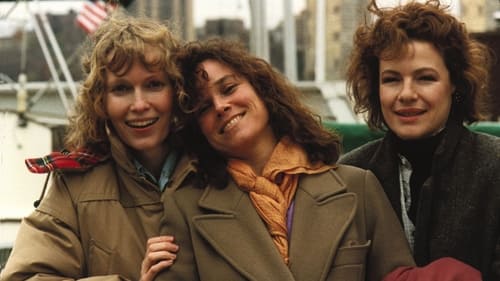
ハンナ、ホリー、リーの芸術家三姉妹と、二人の男性の恋愛関係を絡めながら、“人生のほろ苦さ”を描いた感動作。シニカルなのにコミカルで、でもその視点は終始温かいというアレンならではの作品。

The Richardson Olmsted Campus, a former psychiatric center and National Historic Landmark, is seeing new life as it undergoes restoration and adaptation to a modern use.
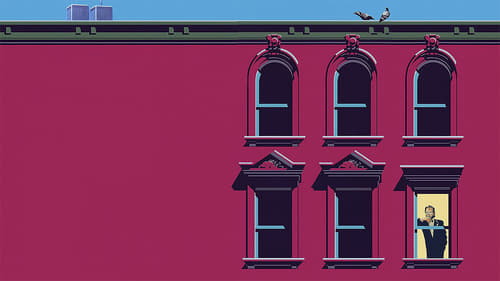
Three stories happening in New York. The first, by Scorsese, is about a painter who creates his works helped by high volume music and an attractive assistant; second, by Coppola, is about a rich and bold 12 years old who helps her separated parents to reconciliate; third, by Allen, is a witty piece of comedy about the impossibility of getting rid of the son's role.
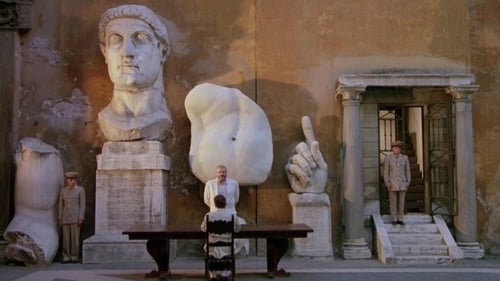
The American architect Kracklite arrives in Italy, supervising an exhibiton for a French architect, Boullée, famous for his oval structures. Tirelessly dedicated to the project, Kracklite's marriage quickly dissolves along with his health.

The documentary is titled after Arkadaş Z. Özger’s poem “Hello My Dear” which had caused much controversy in the period it was first published. Considered to be in defiance of heteronormativity, the said poem includes references to the poet’s personality, his family, his relationship to the society, and his “unexpected” death, which came three years after its publication. Today, 50 years after it was written, the documentary follows these same lines in the poem utilising cinematic elements. The documentary also rediscovers the poetics; reaches out to the family, the comrades, the friendships, departing from the official historical accounts, cognizant of his experience of otherness, in pursuit of the “lost” portrait of Arkadaş Z. Özger.
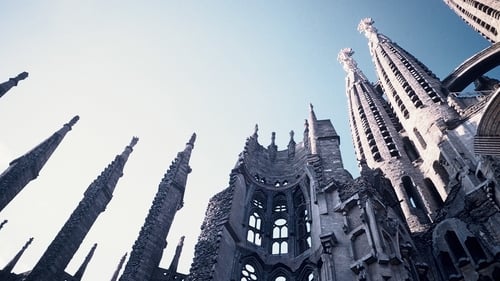
Catalan architect Antonio Gaudí (1852-1926) designed some of the world's most astonishing buildings, interiors, and parks; Japanese director Hiroshi Teshigahara constructed some of the most aesthetically audacious films ever made. With camera work as bold and sensual as the curves of his subject's organic structures, Teshigahara immortalizes Gaudí on film.
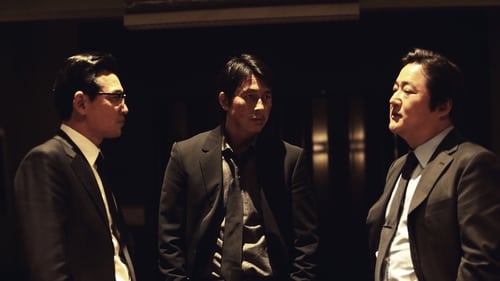
刑事のハン・ドギョン(チョン・ウソン)は、利権と成功のために各所で犯罪に手を染める悪党市長のパク・ソンべ(ファン・ジョンミン)の悪事の後始末を対価に金を受け取っている。末期癌の妻の治療費を言い訳に、金になることはなんでもするようになり、次々に悪事に手を染めるようになるドギョン。ドギョンの弱点を握る検事キム・チャイン(クァク・ドウォン)と検察捜査官ド・チャンハク(チョン・マンシク)はドギョンを脅迫、利用し、パク・ソンべ市長の不正と犯罪容疑を明らかにしようとする。それぞれの利益と目的のためにハン・ドギョンを追い詰める検察とパク・ソンべ。台風の目のようになってしまったドギョンは自分を実の兄のように慕っている後輩の刑事ムン・ソンモ(チュ・ジフン)までも巻き込みパク・ソンべ市長の手下にしてしまう。生き残るために血眼になった悪人たちの地獄の闘いが繰り広げられる・・・。

Henry and Fay's son Ned sets out to find and kill his father for destroying his mother's life. But his aims are frustrated by the troublesome Susan, whose connection to Henry predates even his arrival in the lives of the Grim family.

Documentary about the two big resources in the North Atlantic, fish and oil, and the impact of their exploitation on the environment in various countries on both sides of the Atlantic.

When the beautiful Leonor arrives at the architecture studio Borla y Asociados looking for Nelson Jara, both Mario Borla and his partner Marta Hovart and Pablo Simó, the building's oldest architect, claim to ignore that name completely. But they all lie. The truth begins to unravel through the memories of Pablo Simó. Pablo should carry out the unpleasant job of dealing with Nelson Jara, an indignant owner of the building adjoining a work of the studio, damaged by a crack in the wall of his living room caused by an error in the construction. But the fear and nervousness that provokes in the three involved the arrival of Leonor and her question "what happened to Nelson Jara?" Show something much darker and more suspicious. (FILMAFFINITY)

Short documentary ordered by the magazine "Présence Africaine". From the question "Why is the african in the Human museum while Greek or Egyptian art are in Le Louvre?", the two directors expose and criticise the lack of consideration for African art. The film was censored in France for eight years because of its anti-colonial perspective.
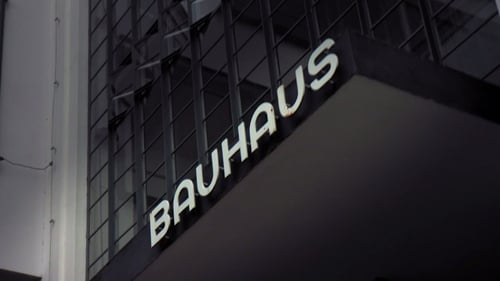
In 1919 an art school opened in Germany that would change the world forever. It was called the Bauhaus. A century later, its radical thinking still shapes our lives today. Bauhaus 100 is the story of Walter Gropius, architect and founder of the Bauhaus, and the teachers and students he gathered to form this influential school. Traumatised by his experiences during the Great War, and determined that technology should never again be used for destruction, Gropius decided to reinvent the way art and design were taught. At the Bauhaus, all the disciplines would come together to create the buildings of the future, and define a new way of living in the modern world.
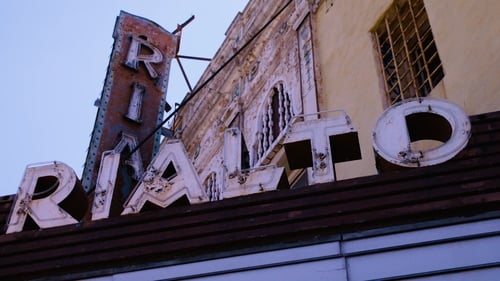
Celebrating the splendor and grandeur of the great cinemas of the United States, built when movies were the acme of entertainment and the stories were larger than life, as were the venues designed to show them. The film also tracks the eventual decline of the palaces, through to today’s current preservation efforts. A tribute to America’s great art form and the great monuments created for audiences to enjoy them in.
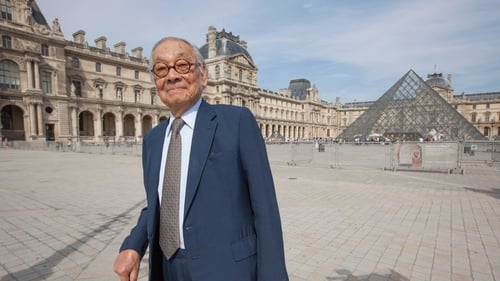
Architect I.M. Pei speaks about his famous works, such as the addition to the Louvre in Paris, the East Wing of the National Gallery of Art in Washington, D.C., and the Meyerson Symphony Center in Dallas, Texas. Footage of these projects shows both interiors and exteriors. Various other experts comment on the impact and importance of Pei's work.

Architect, engineer, geometrician, cartographer, philosopher, futurist, inventor of the famous geodesic dome and one of the most brilliant thinkers of his time. Fuller was renowned for his comprehensive perspective on the world's problems. For more than five decades he developed pioneering solutions reflecting his commitment to the potential of innovative design to create technology that does "more with less" and thereby improve human lives. He spent much of his life traveling the world lecturing and discussing his ideas with thousands of audiences. Now more relevant than ever, this film captures Fuller's ideas and thinking told in his own words.
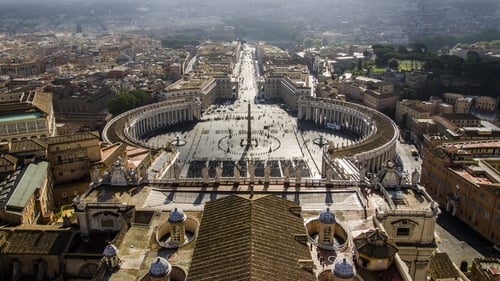
What started as a simple tomb became over a 2,000 years history the universal seat of Christendom and is today one of the most visited museum in the world with invaluable collections of Arts, Manuscripts, Maps. Using spectacular 3D modelisation and CGI to give viewers as never before a true understanding of the history of this architectural masterpiece and its extensions, the film will also use animation to tell relevant historical events. This heritage site reveals new untold secrets with the help of historians deciphering the Vatican’s rich archives and manuscripts collection and following the restorations at work (newly discovered frescoes by Raphael) and recent excavations. A story where Religion, Politics, Arts and Science meet to assert religious authority and serve as a spiritual benchmark.

This captivating exploration of Alvar Aalto, the defining figure in Scandic design and one of Europe's greatest modern architects, focuses on his remarkable and loving partnership with wife, Aino. Theirs was a profoundly humanist vision that put people at the centre of design, and ranged from work in furniture design through to huge architectural projects. They mixed with, and influenced, major figures of modernist art and design including Le Corbusier, Gropius, Moholy-Nagy, and Frank Lloyd Wright. Come on a cinematic tour of their iconic buildings all over the world, from a library in Russia, a student dormitory at MIT, an art collector's private house near Paris, to a pavilion in Venice. Narrated by experts in the field and featuring never before seen archive footage, Aalto tells the love story of an extraordinary couple with a great passion for human scale architecture.


















